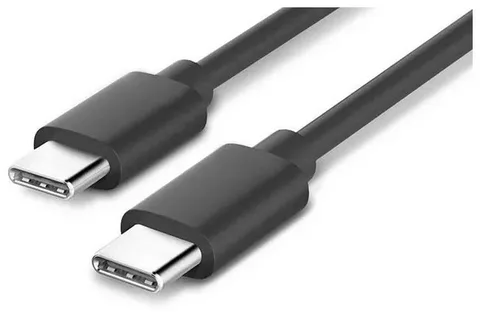Introduction: The End of USB Cable Frustration
Remember having to flip your USB cable three times before it would fit in? That common experience of jamming the USB-A connector upside down, turning it upside down, then still getting the orientation wrong, became a running punchline for tech users across the globe. But everything changed in 2014, when USB-C was specified and implemented as a final specification.

Knowing when USB-C was released isn’t just about trivia in the world of tech enthusiasts; it’s about understanding a seminal moment that marked the beginning of a new era in the way we connect our devices. From smartphones to laptops, gaming consoles to professional gear, USB-C’s origin story is the reason why this single port has become the catch-all solution we’ve all been waiting for USB Type-C Connectors.
USB-C Release Date: August 2014 Specification Finalized

The official announcement of USB-C goes back to August 2014, when the USB Implementers Forum (USB-IF) signed off on the USB Type-C Specification 1.0. This was not just an incremental upgrade-it was a full rethinking of how connectors need to work in today’s world.
The USB-C specification included a game-changing 24-pin connector that was reversible and much more versatile. Unlike previous USB standards, which were all about data transfer, USB-C was developed from scratch to support power transfer, high-speed data transfer, as well as video output via a single, small connector, and USB power delivery.
August 2014 was the start of the biggest connectivity standard of the 21st century.
First Consumer Devices: 2015 Market Introduction
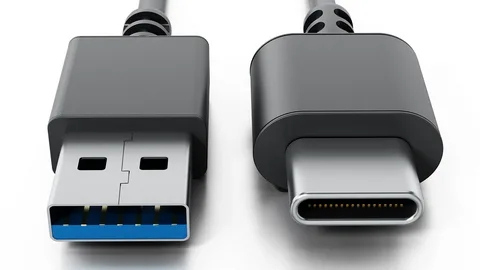
While the USB-C specification was finalized in August 2014, the first consumer devices with USB-C ports didn’t make their way to market until 2015. This specification-to-implementation lag is standard operating procedure in the tech industry as manufacturers take time to engineer products around new USB-C connectors.
The first USB-C devices were introduced in early 2015, with Nokia’s N1 tablet being one of them. However, it was Apple’s 12-inch MacBook launched in March 2015 that really put USB-C in the spotlight for mainstream consumers solid wire.
Google also jumped on board the early USB-C train with the Chromebook Pixel 2 in March 2015 and later that year the company’s Nexus 5X and Nexus 6P smartphones became some of the first Android devices to sport USB-C ports first transcontinental telegraph line.
The Revolutionary Design: Why USB-C Changed Everything
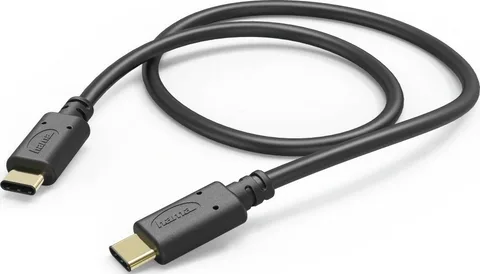
USB-C responded to all the major user complaints about previous connector standards. The reversible connector meant no more fumbling to find the correct orientation-a simple but game-changing improvement that removed daily frustration for billions of users of electrical cables.
In addition to the reversible design of the connector, USB-C established a truly universal connectivity standard. Unlike older standards, where you had to have separate ports for power, data, and video, USB-C was designed to have all three on one connection. This integration allowed for devices to get thinner and sleeker while actually adding functionality stranded wire.
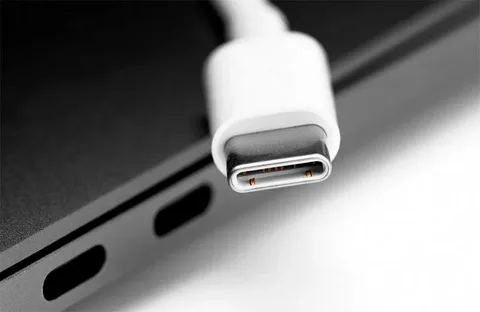
The connector’s compact size was also ideal for increasingly thin laptops, tablets, and smartphones, and the connector’s powerful 24-pin configuration ensured that the connection was both reliable and future-proofed for emerging technologies national telegraph company.
Power Delivery Revolution: One Cable for Everything
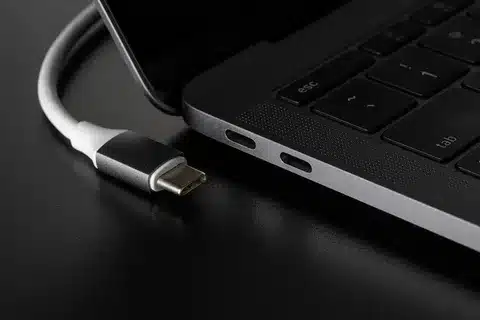
Fast power delivery was one of USB-C’s most notable improvements over what we had previously. While previous versions of USB ports could only handle a maximum of 2.5 watts, USB-C can provide up to 100 watts of power, making it suitable for everything from smartphones to high-end laptops usb technology.
This power delivery revolution allowed users to finally use the same cable to charge their smartphone, tablet, and laptop. Gone were the days of carrying multiple chargers, and device manufacturers had the option to abandon proprietary charging ports in favor of the standardized USB-C port, USB PD.
The power delivery spec also brought with it smart power negotiation, where devices can let others know what power they need and get only what they need to charge at the fastest possible rates, using older USB connectors.
Apple’s Bold Move: The 12-Inch MacBook Pioneer
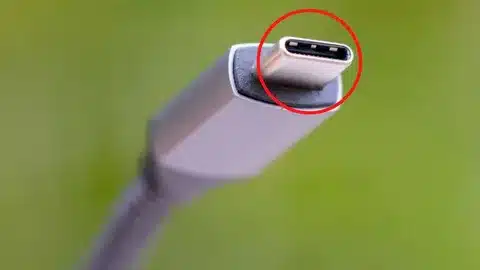
In March 2015, Apple’s move to put just USB-C ports on the 12-inch MacBook was controversial but prescient. While many stories at the time said that just having a single port was too limiting, Apple’s decision showed the company’s confidence in USB-C’s position as a truly universal connector for optical cables.
The MacBook version of USB-C embodied the invention’s versatility – with it, users could not only charge the laptop but also connect external displays and transfer data via the same port. While legacy devices did require adapters, Apple’s daring leap catalyzes widespread industry adoption and confirms USB-C’s feasibility for professional applications first long distance transmission.
This choice spurred other manufacturers to seriously consider USB-C, realizing that if Apple was prepared to stake all its ultra-portable laptops on USB-C, then the standard had staying power, current-carrying wire.
Android Adoption: Google Leads the Charge

Google had a pivotal role in the adoption of USB-C within the Android ecosystem. We had one of the phones as Nexus 5X and the other as Nexus 6P, and it was launched in October 2015. Both were the first Android phones that featured USB-C ports, which paved the way for other Android manufacturers to follow suit.
Google’s flagship devices adopting USB-C early on in their lineup sent a loud signal to the Android community that USB-C was the way of the future. The company also released an update to its Pixel laptop line that introduced USB-C and finally created a consistent ecosystem with its hardware products.
The early embrace by Google had a knock-on effect on other Android manufacturers like Samsung, LG and HTC, who started planning their own USB-C transitions, though it wasn’t until years later that the industry finally got there backward compatible.
Industry Standardization: 2016 Global Adoption Begins

USB-C was popular enough in 2016 to start launching big industry standardization initiatives. To ensure that USB-C is implemented consistently across product categories, the USB Implementers Forum worked with device manufacturers to ensure the implementation was consistent first message.
This standardization period was critical for the adoption of USB-C as a reliable, universal standard. Unlike connector transitions of the past, which were riddled with compatibility problems, the USB-IF took a thoughtful approach to standardization to ensure that USB-C devices from various manufacturers would work together without a hitch reversible plug.
To make it easier and more economically sound for device manufacturers to include USB-C ports in their products, the major chip manufacturers also started incorporating USB-C controllers into their reference designs for alternate modes.
Legacy Port Persistence: Why Old Standards Stuck Around
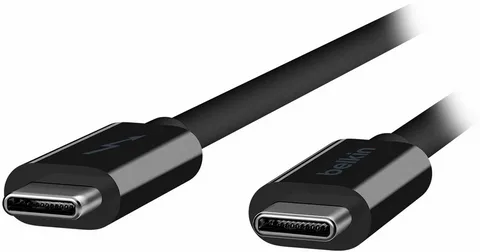
Even though USB-C clearly had the edge over its predecessors, legacy ports such as Micro-USB still held ground for years after the introduction of USB-C. This wasn’t a technical limitation, so much as an economic and practical one for widespread adoption.
After the initial investment in Micro-USB tooling and supply chains, making the change immediately would have been expensive for manufacturers. Plus, many consumers already had Micro-USB cables and accessories at home, which means resistance to change that would entail buying new accessories, and growing demand.
Budget devices in particular continued to use Micro-USB well into the late 2010s because the cost difference, if small in absolute terms, was large when multiplied across millions of units. This caused a transition period where both standards were available on the market high cost.
Transition Challenges: Industry Growing Pains
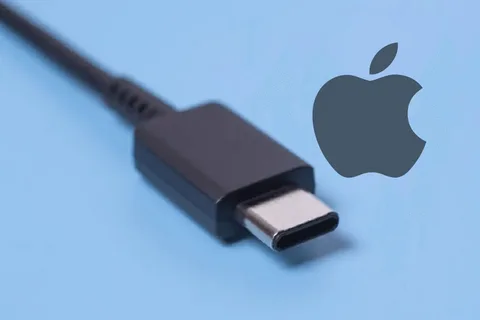
The switch to USB-C wasn’t an easy one. Early iterations of USB-C had erratic power delivery specifications, which resulted in compatibility problems and, in some cases, damaged devices due to poorly designed cables and chargers.
These growing pains resulted in USB-C products being more closely examined and more thorough certification processes being put in place. USB-IF has implemented improved testing protocols and conformity assessment programs to ensure that USB-C products comply with safety and compatibility standards.
Consumer education also became important because the versatility of USB-C meant not all USB-C cables were created equal. And while some of these supported only basic data transfer, others could deliver high-power or video output, confusing users.
The EU Mandate: Regulatory Push for Standardization
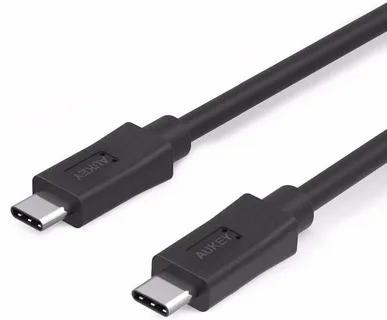
The European Union’s ruling to make USB-C the universal charging standard for mobile phones by 2024 and for laptops by 2026 was a regulatory turning point that propelled the worldwide move into the standard. This directive was meant to decrease the amount of electronic waste and make charging easier for consumers.
The EU mandate effectively put an end to any industry discussion about connector standards. Even manufacturers that were reticent in phasing out proprietary charging solutions were compelled to make the transition to USB-C to stay competitive in the European market.
Consequently, this regulatory impetus reverberated around the world, as most manufacturers opted to standardise on USB-C globally instead of having different connector standards for different regions, further accelerating the rate of universal adoption.
Environmental Impact: Reducing E-Waste Through Standardization
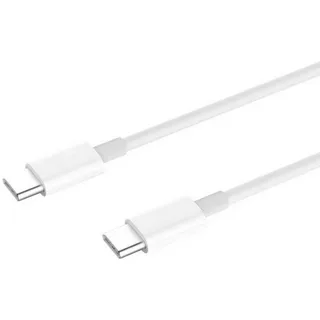
The environmental advantages of USB-C go much further than eliminating the number of cables consumers need to carry. By standardizing on a single connector type, the industry has tremendously reduced the amount of electronic waste produced by legacy charging cables and adapters.
Before USB-C, there was a connector standard for each of these device categories, and users ended up with drawers of unused cables when they upgraded devices. USB-C’s universal design means that any cable you buy today will continue to be useful in multiple devices for multiple generations.
This is particularly true if we multiply it by billions of devices across the globe. The trade group estimates that USB-C standardization will avoid millions of tons of electronic waste over the next 10 years.
Modern Benefits: Why USB-C Matters Today

The current implementation of USB-C provides interesting features that make this standard an essential tool for today’s device users. Fast charging technology, meaning smartphones will get up to 50% battery life in 15-30 minutes, and laptops can be charged from zero to 100% battery life in less than two hours.
Data transfer speeds have also sped up significantly, with USB-C supporting everything from basic USB 2.0 speeds all the way up to USB4 (for USB 4.0, it’s 40 Gbps). This versatility means that the same port can be used for simple file transfers as well as professional workflows that demand enormous bandwidth.
This ability to power multiple high-resolution displays from a single USB-C port has revolutionized the way we work on the go, enabling users to set up desktop-class workstations with only a laptop and a USB-C dock.
Professional Applications: USB-C in Enterprise Environments
USB-C has proved to be an essential technology in the business and enterprise world that is now versatile and makes life much simpler and more productive. Single-cable docking systems allow employees to use one connection to connect the laptop to multi-monitor systems, to wired networks, and to power distributors.
IT procurement and support have also become simpler as organizations can standardize on USB-C devices and accessories between brands and device categories. This standardisation makes training and support easier.
USB-C power delivery, in particular, has been received exceptionally positively by professional users, allowing portable workstations to execute strenuous tasks with all-day battery life, thanks to smart power management technology.
Gaming and Entertainment: USB-C’s Expanding Role
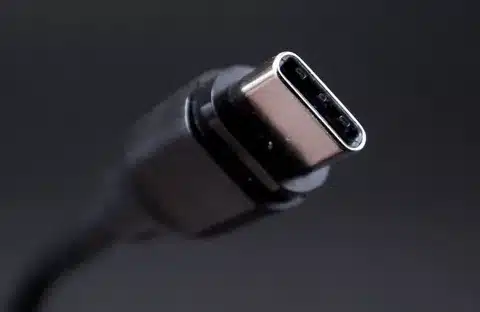
USB-C has become popular in the portable and console gaming spaces. Nintendo Switch: Nintendo Switch saw the adoption of USB-C for charging and docking, and demonstrated a capability to support the charging of intensive gaming configurations.
Mobile Gaming: This is where USB-C has truly excelled, in charging mobile devices very fast so that the gamer can recharge their devices between gaming sessions. The ability to deliver power and data transfer with high bandwidth also enables the option to connect advanced gaming peripherals to the connector.
The video output functions provided by USB-C have revolutionized the video streaming and content creation industries, allowing video creators to use universal adapters and cables to connect cameras, microphones, and displays.
Future-Proofing: USB-C’s Long-Term Outlook
The stunning quality of the USB-C philosophy of design is that the connector itself is forward-compatible, meaning that it will have a use in the future as technology keeps improving. The USB4 standard that solely utilises USB-C connectors permits sufficient bandwidth to support the upcoming applications, 8K video, and high-speed storage.
The rugged nature and full specifications of the connector also allow it to be used in emerging technologies like augmented reality devices, which utilize high-bandwidth connections to handle the processing and rendering of more complex real-time graphics.
USB-C should remain the standard in the industry at least over the next decade, with new features continually being added to the specifications without requiring connector modification.
Challenges and Limitations: Where USB-C Falls Short
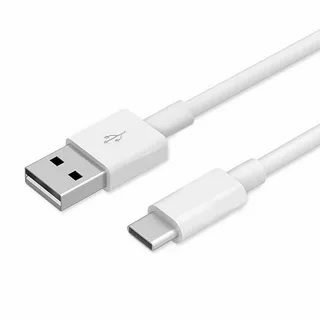
USB-C has a lot of positive features, but it also has its negative side, and ultra-thin devices prove to be one of the areas where even its size may be a limitation. Foldable device connection solutions and next-generation wearables connection solutions can be smaller than that.
Even though the ecosystem around USB-C is an advantage as it enables versatility, it is a perplexing area. Not every USB-C port is created equal; this is why a user might expect the presence of features that are not supported on the device they use.
Cable quality is never to be underestimated, and with the current power delivery capabilities of USB-C, a low-quality cable poses serious risks. This has seen increased attention given to certification and quality control across the supply chain.
Global Impact: USB-C’s Worldwide Transformation
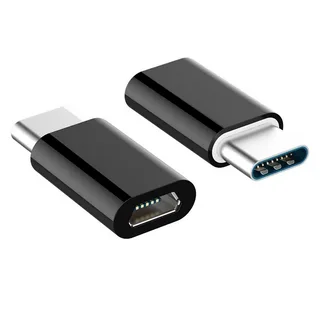
With the spread of USB-C all over the world, the interaction with technology has changed the way people interact with technology. The ubiquitous nature of USB-C has proved an avenue in reducing the overall cost of ownership in emerging markets, where the cost of the device itself is supreme, and where multiple charging interfaces are no longer required to enable charging external devices.
Other new business forms and services supported by the standard are universal charging points in common places and convenient rental of electronic items, because compatibility in these cases is not a problem.
USB-C standardization has benefited educational institutions by simplifying the management of devices and reducing the inventory of cables and adapters required to support a wide variety of technology programs.
Conclusion: USB-C’s Lasting Legacy Since 2014
Since the establishment of the USB-C standard in August 2014, the most successful connector standardisation effort in the history of computing began. Since its introduction into the industry as a proposal in 2015, USB-C has become a technology that billions of people use daily.
The specification to a universal standard represents the strength of intelligent engineering in connection with industry cooperation and regulatory backing to leave a lasting positive impact that is lasting. USB-C has demonstrated its positive impact on practical user issues and facilitating new possibilities to become the fix under the rug of another connector makes the future of connected devices a reality.
Looking ahead at the future, we can rest assured that USB-C will keep on developing, adding additional functionality without making them any more complex or any less compatible across the board. The final outcome will be that, by the release in August 2014, we will have reached the stage where connectivity will be truly universal.
What was the first USB-C product that you bought? Be part of our USB-C adoption storytelling and share your thoughts on how the revolutionary connector is transforming our daily interaction with technology.

